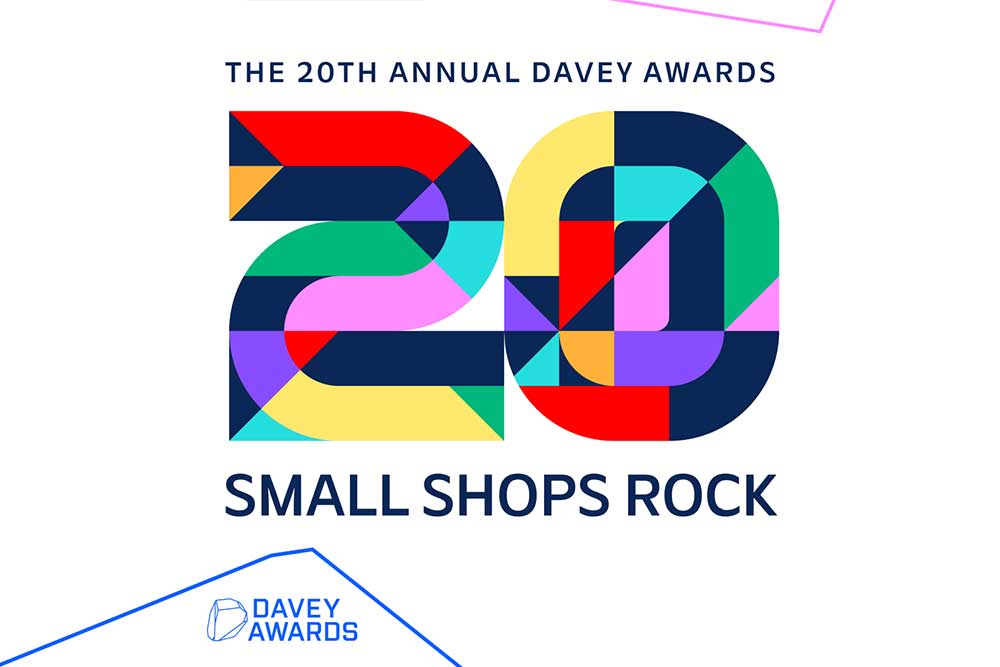
Consistency and organization are key to driving results and maintaining audience engagement. A well-planned content calendar serves as the backbone of any successful marketing strategy, providing a roadmap for creating, publishing, and distributing content across various channels. In this blog, we’ll explore the importance of building a content calendar and share practical tips for creating one that aligns with your marketing goals and resonates with your audience.
Why You Need a Content Calendar
- Consistency: A content calendar helps you maintain a consistent publishing schedule, ensuring that your audience receives fresh, relevant content on a regular basis. Consistency builds trust and credibility with your audience and keeps your brand top-of-mind.
- Organization: A content calendar provides a centralized location to plan and organize your content initiatives, including blog posts, social media updates, email newsletters, and more. It helps streamline your workflow, minimize last-minute scrambling, and ensure that all stakeholders are aligned on content priorities and deadlines.
- Strategic Planning: By mapping out your content in advance, you can align your content with your marketing objectives, themes, and campaigns. A content calendar enables you to plan content around key events, holidays, product launches, and industry trends, maximizing relevance and impact.
- Efficiency: Planning content in advance allows you to batch tasks, streamline production processes, and optimize resources. It helps you avoid duplication of efforts, reduce content bottlenecks, and allocate time and resources more effectively.
Tips for Building a Content Calendar
- Define Your Goals: Start by defining your marketing goals and objectives. What are you trying to achieve with your content? Are you aiming to increase brand awareness, drive website traffic, generate leads, or nurture customer relationships? Align your content calendar with your overarching marketing strategy and objectives.
- Know Your Audience: Understand your target audience’s needs, preferences, and pain points. What type of content resonates with them? What channels do they prefer? Use audience insights and analytics data to inform your content calendar and create content that addresses audience interests and challenges.
- Choose Your Channels: Determine which channels you’ll use to distribute your content, such as your blog, social media platforms, email newsletters, podcasts, videos, or webinars. Tailor your content calendar to accommodate the unique requirements and nuances of each channel, ensuring that your content is optimized for maximum impact.
- Brainstorm Content Ideas: Generate a list of content ideas and topics that align with your audience’s interests and your brand’s messaging. Consider different content formats, such as blog posts, infographics, videos, case studies, or user-generated content. Use keyword research, competitor analysis, and industry trends to inspire new content ideas and angles.
- Plan Your Calendar: Create a calendar template or use a digital tool to plan and organize your content initiatives. Break down your calendar into weekly or monthly intervals and assign specific content ideas to each time slot. Include key details such as content titles, formats, channels, publishing dates, and responsible team members.
- Stay Flexible: While it’s important to plan ahead, be prepared to adapt and adjust your content calendar based on emerging opportunities, trends, or unforeseen circumstances. Leave room for flexibility and agility in your planning process, allowing you to capitalize on timely opportunities and pivot when needed.
- Monitor and Measure: Regularly monitor and evaluate the performance of your content initiatives against your goals and KPIs. Use analytics tools to track metrics such as website traffic, engagement, conversion rates, and social media metrics. Use this data to refine your content strategy, optimize your content calendar, and identify areas for improvement.
In Conclusion
A well-designed content calendar is a foundational element of any successful marketing strategy, providing structure, organization, and direction to your content initiatives. By defining your goals, understanding your audience, choosing the right channels, and planning your content in advance, you can create a roadmap for success that drives engagement, builds brand awareness, and achieves your marketing objectives. Embrace the power of strategic planning and organization with a content calendar that sets you up for success in today’s competitive digital landscape.


